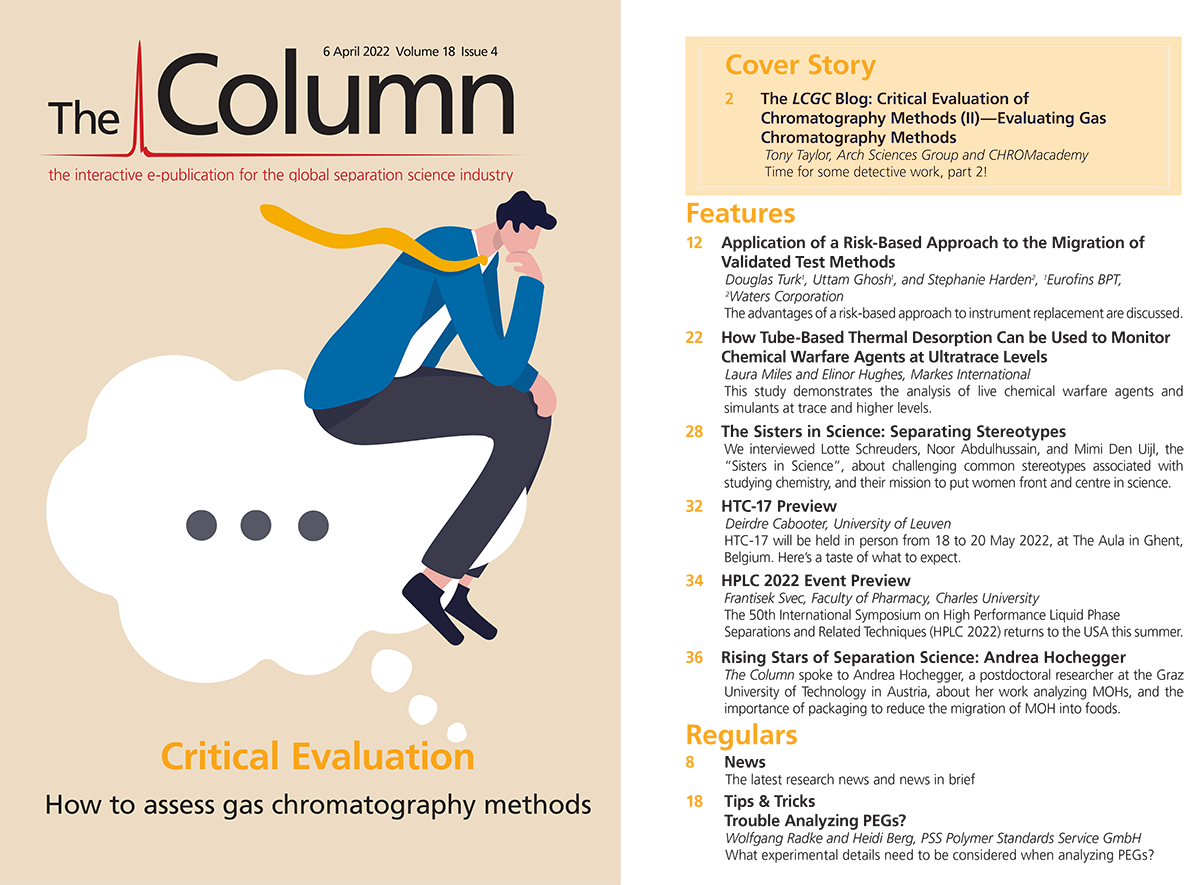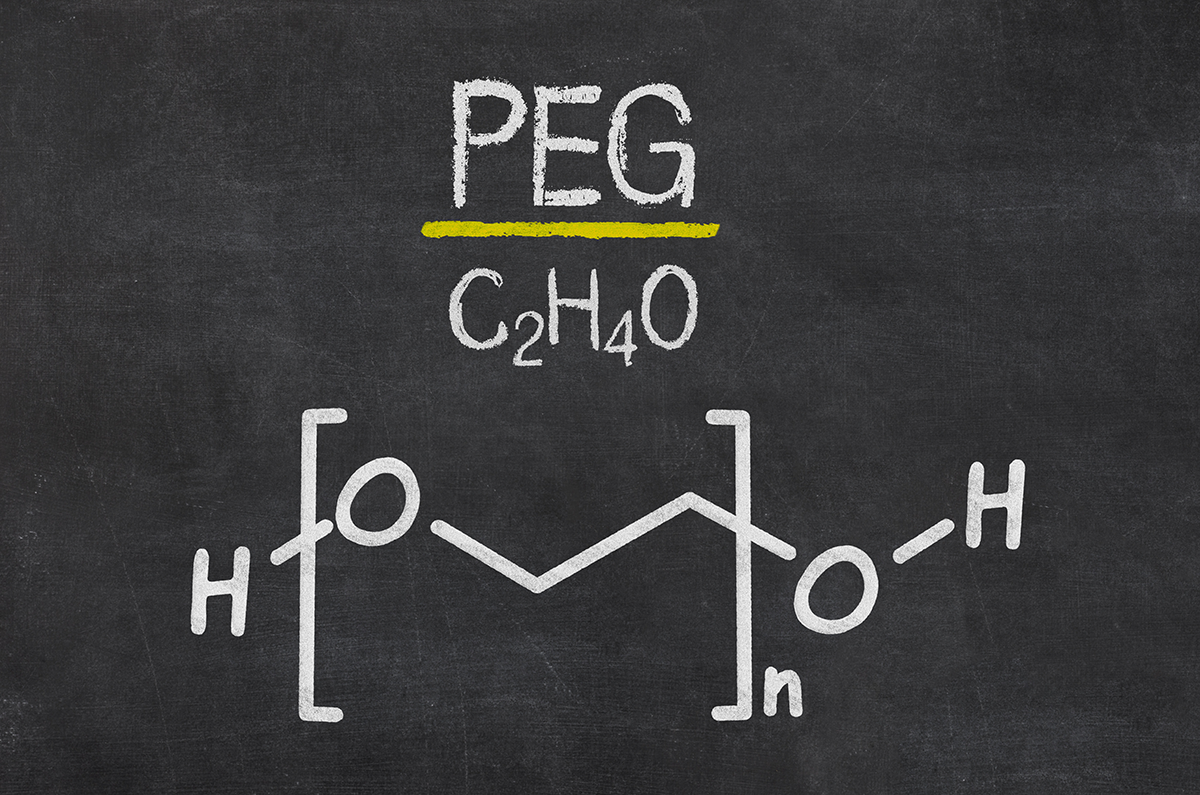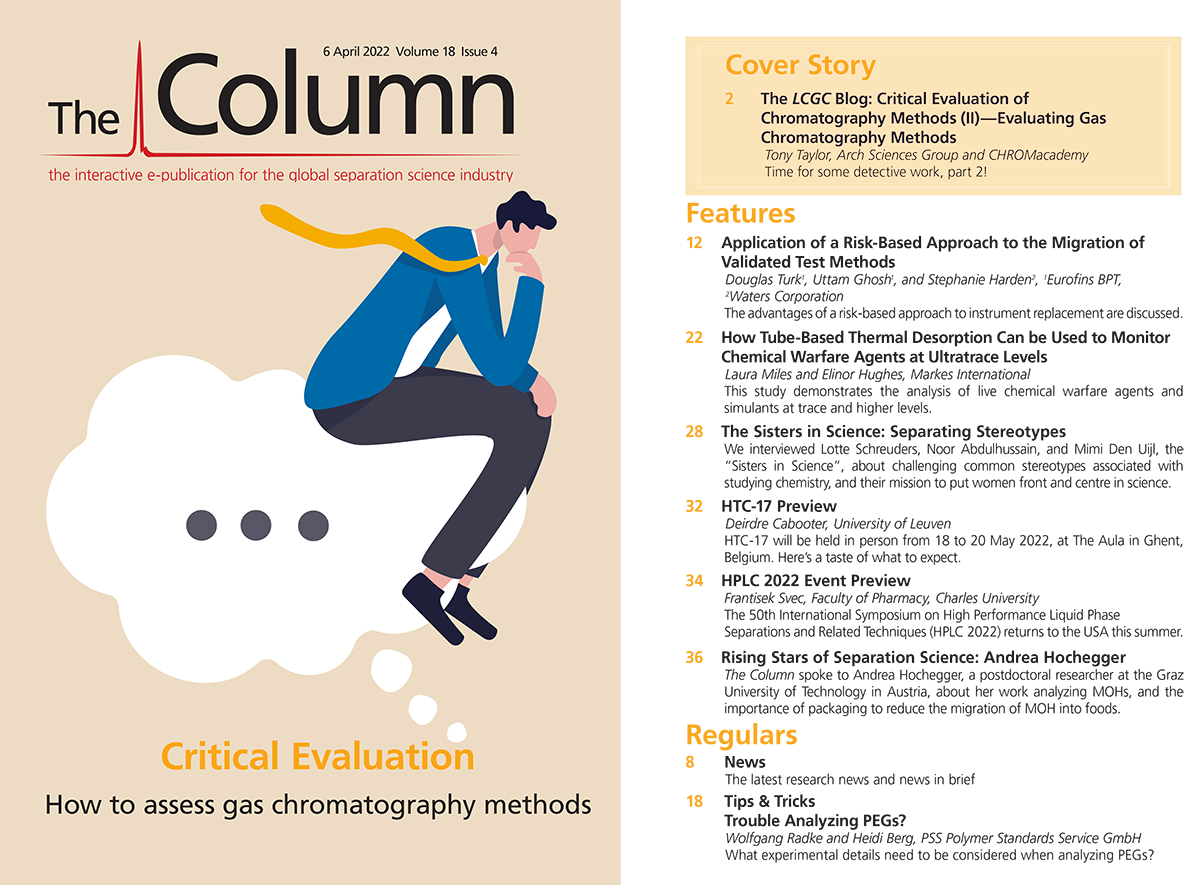Identifying Novel Ebola Therapeutics
The Ebola virus (EBOV), the causative agent of Ebola virus disease (EVD), is a severe and often fatal illness. Zoonotic in origin, the disease is transmitted from wild animals to humans, with numerous species acting as a disease reservoir. Certain bat species are thought to be the primary source, and they subsequently pass the disease to other species, such as humans, apes, monkeys, and antelopes. Importantly, the disease is also capable of human-to-human transmission. Frequent outbreaks occur in sub-Saharan Africa, but the disease has threatened to spread to other continents, with a few notable cases occurring in the USA in 2014 causing widespread panic. One of the major challenges of controlled Ebola is the speed at which symptoms can manifest. The resulting hemorrhagic fever features an unpleasant medley of symptoms including vomiting, diarrhea, rash, symptoms of impaired kidney and liver function, and in some cases internal and external bleeding, such as oozing from the gums or bloody excrement (1). All of which results in a case fatality rate of around 50%, although these have varied from 25% to 90% in past outbreaks.
Vaccines do exist for the disease, but unfortunately there are limited therapeutic options once the disease is caught, with an urgent need to develop novel anti-EBOV agents. Over 50% of approved drugs are natural products or their derivatives and mimics, highlighting the importance of plants as a source for drug discovery (2).
As such, researchers actively searched for inhibitors of the Ebola virus from over 500 medicinal plant extracts, utilizing size‑exclusion chromatography (SEC) and high performance liquid chromatography (HPLC) alongside cell-based assays with replication-incompetent pseudotyped viral particles to identify antiviral lead compounds (3), in a so-called “one‑stone‑two‑birds” protocol first reported in 2011 (4). This led to the discovery of Maesa perlarius as an anti-EBOV plant lead. Extracts from the stems of this plant showed an inhibitory effect against Ebola-virus-pseudotyped particles (EBOVpp). Further investigation identified these as flavan-3-ol oligomers, and in particular B-type procyanidins belonging to a class of condensed tannins. Researchers believe these molecules can be used as scaffolds for a target-oriented synthesis of additional analogues possessing improved anti-EBOV potency.
References
- https://www.who.int/health-topics/ebola (Accessed: 16/03/2022).
- D.J. Newman and G.M. Cragg, J. Nat. Prod. 83, 770–803 (2020).
- N.Y. Tsang et al., Int. J. Mol. Sci. 23, 2620 (2022). doi: https://doi.org/ 10.3390/ijms23052620
- E. Rumschlag-Booms et al., J. Antivir. Antiretrovir. 3, 8–10 (2011).

Evaluating Natural Preservatives for Meat Products with Gas and Liquid Chromatography
April 1st 2025A study in Food Science & Nutrition evaluated the antioxidant and preservative effects of Epilobium angustifolium extract on beef burgers, finding that the extract influenced physicochemical properties, color stability, and lipid oxidation, with higher concentrations showing a prooxidant effect.
Rethinking Chromatography Workflows with AI and Machine Learning
April 1st 2025Interest in applying artificial intelligence (AI) and machine learning (ML) to chromatography is greater than ever. In this article, we discuss data-related barriers to accomplishing this goal and how rethinking chromatography data systems can overcome them.
The Benefits of Custom Bonded Silica
April 1st 2025Not all chromatography resins are created equal. Off-the-shelf chromatography resins might not always meet the rigorous purification requirements of biopharmaceutical manufacturing. Custom bonded silica from Grace can address a wide range of separation challenges, leading to real performance improvements. Discover more about the latest innovations in chromatography silica from Grace, including VYDAC® and DAVISIL®.















